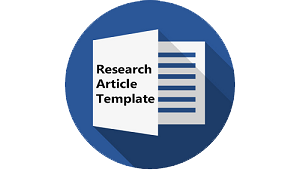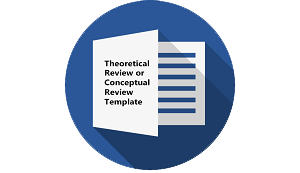Systemic Functional Linguistics (SFL) and Translation
DOI:
https://doi.org/10.30957/lingua.v20i1.731Keywords:
language, SFL, translationAbstract
Language as a fundamental part to communicate with other people becomes crucial since it engages other disciplines. Many of the communication products are in English which might bring difficulties to understand or interpret the meaning due to the language variations. SFL can bridge the meaning and context which usually becoming a problem faced by the translators. This article aims to depict a brief concept of SFL and translation and attempts to figure out the relationship among linguistics and translation, especially the implementation of SFL in translation field. The article elaborates ideas from several experts in linguistics, specifically in SFL and translation. This revealed that SFL promoted by linguist named M.A.K Halliday linked and can be applied in translation. It is crystal clear that SFL also has a role in developing the theory of translation that can be proved by Juliana House in the book A Model for Translation Quality Assessment (1977) and Roger Bell in book entitled Translation and Translating: Theory and Practice (1991).
Downloads
References
Barnwell, Katharine. (1983). Towards acceptable translations. Notes on Translation 95:19–25.
Bell, R. T. (1991). Translation and translating (Vol. 56). London: Longman.
Eggins, S. (2004). Introduction to systemic functional linguistics. A&c Black.
Fawcett, P. (1997). Translation and Language, Manchester: St. Jerome.
Gregory, M. (2001). What can linguistics learn from translation?. 2001, 19-40.
Halliday, M.A.K (1978) Language as Social Semiotic: the Social Interpretation of Language and Meaning, London: Arnold.
Halliday, M.A.K. & R. Hasan. (1976). Cohesion in English, London/New York: Longman.
Halliday, M. A. K., & Hasan, R. (1989). Language, context, and text: Aspects of language in a social-semiotic perspective.
Halliday, M. A. K., & Matthiessen, C. M. (2013). Halliday's introduction to functional grammar. Routledge.
Hodgson-Drysdale, T. (2014). Concepts and language: Developing knowledge in science. Linguistics and Education, 27, 54-67.
House, J. (1977/1981). A Model for Translation Quality Assessment, Tübingen: Gunter Narr.
House, J. (1997) Translation Quality Assessment: A Model Revisited, Tübingen: Gunter Narr.
Jiraphatralikhit, J., Klinpoon, S., & Kaewjan, S. (2005). An analysis of strategies in translation of the movie subtitle: Behind the painting. Research Gate, 1, 54-71.
Kress, G. R. (Ed.). (1976). Halliday: System and function in language (p. 21). London: Oxford University Press.
Miller, D.R., with the collaboration of Maiorani, A. & Turci, M. (2005), Language as Purposeful: Functional Varieties of Texts, Quaderni.
Nida, E. A. Charles. R. Taber. 1974. The Theory and Practice of Translation.
Sholihah, H. I., Santosa, R., & Djatmika, D. (2018). ANALISIS SIRKUMSTAN PADA BUKU CERITA ANAK THE 7 HABBITS OF HAPPY KIDS KARYA SEAN COVEY DAN TERJEMAHANNYA (Kajian Terjemahan dengan Pendekatan Systemic Functional Linguistics). LINGUA : Jurnal Bahasa, Sastra, Dan Pengajarannya, 15(1), 29-44. https://doi.org/10.30957/lingua.v15i1.428
Taylor Torsello, C. (1996). Theme as The Interpreter's Path Indicator Through the Unfoldig Text. Edizioni LINT Trieste.
Downloads
Published
How to Cite
Issue
Section
License
Authors who publish with this journal agree to the following terms:
- Authors retain copyright and grant the journal right of first publication with the work simultaneously licensed under a Creative Commons Attribution-ShareAlike 4.0 International License that allows others to share the work with an acknowledgement of the work's authorship and initial publication in this journal.
- Authors are able to enter into separate, additional contractual arrangements for the non-exclusive distribution of the journal's published version of the work (e.g., post it to an institutional repository or publish it in a book), with an acknowledgement of its initial publication in this journal.
- Authors are permitted and encouraged to post their work online (e.g., in institutional repositories or on their website) prior to and during the submission process, as it can lead to productive exchanges, as well as earlier and greater citation of published work (See The Effect of Open Access).















